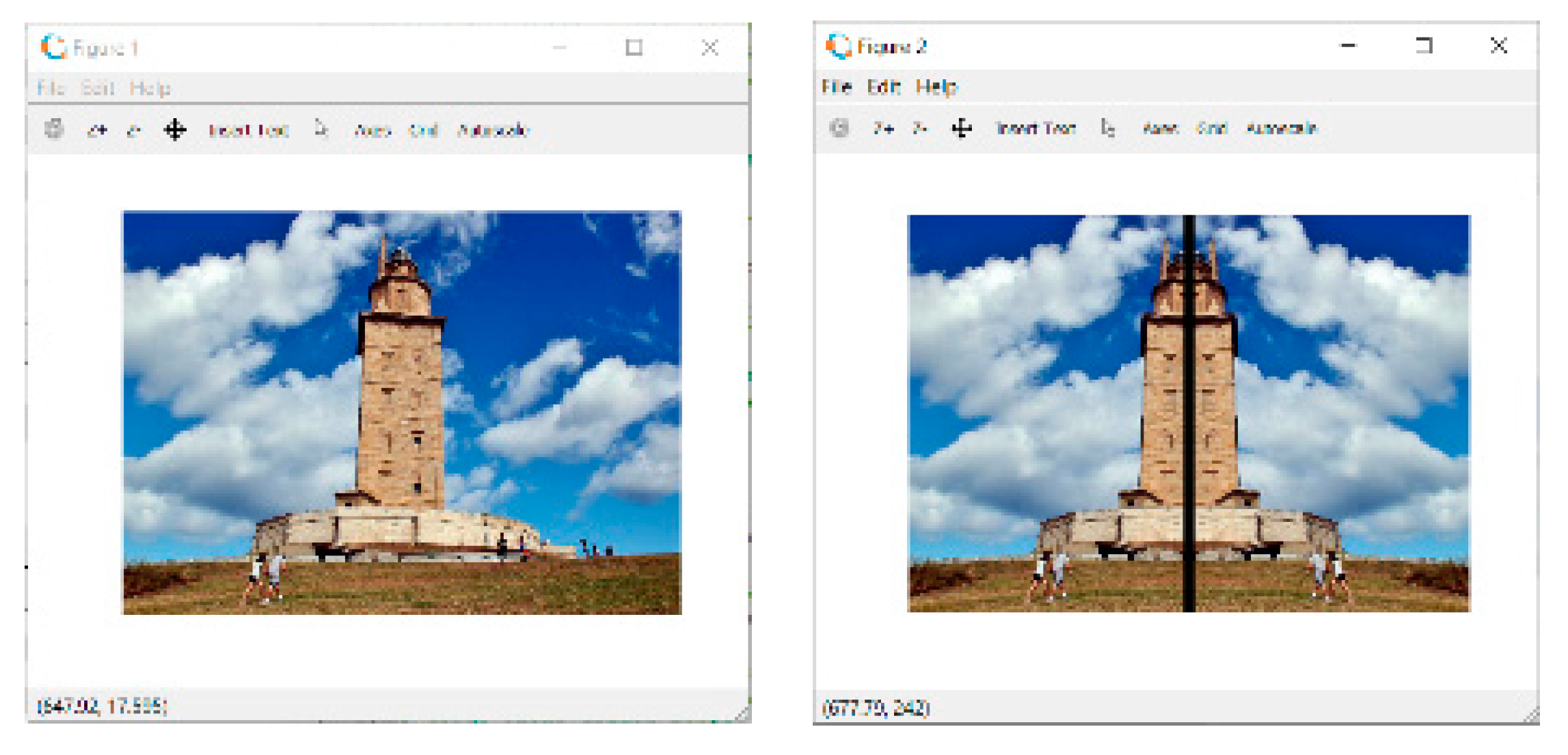Educational STEM Project Based on Programming †
Abstract
:1. Introduction
2. Proposed Activities
- ▪
- Plan requirements using existing tools or modifying them.
- ▪
- Simplify the programming language that use variables not previously defined.
- ▪
- Execute, verify output and detect errors.
3. Results and Conclusions
References
- Torres, J. Globalización e Interdisciplinariedad: El Currículum Integrado; Morata: Madrid, Spain, 2012; Available online: http://www.terras.edu.ar/biblioteca/1/CRRM_Torres_Unidad_2.pdf (accessed on 31 July 2019).
- Quesada, J.F. Videojuegos matemáticos con Scratch. 2015. Available online: https://blogsaverroes.juntadeandalucia.es/viiencuentro-matematicas-sevilla/files/2017/10/T8.pdf (accessed on 31 July 2019).
- Gutiérrez, A.; Jaime, A. Reflexiones sobre la enseñanza de la geometría en primaria y secundaria. Tecné, Episteme y Didaxis: TED 2012, 32, 55–70. [Google Scholar] [CrossRef]


© 2019 by the authors. Licensee MDPI, Basel, Switzerland. This article is an open access article distributed under the terms and conditions of the Creative Commons Attribution (CC BY) license (https://creativecommons.org/licenses/by/4.0/).
Share and Cite
Segade, E.; Balsa, J.; Balsa, C. Educational STEM Project Based on Programming. Proceedings 2019, 21, 41. https://doi.org/10.3390/proceedings2019021041
Segade E, Balsa J, Balsa C. Educational STEM Project Based on Programming. Proceedings. 2019; 21(1):41. https://doi.org/10.3390/proceedings2019021041
Chicago/Turabian StyleSegade, Elena, Jose Balsa, and Carmen Balsa. 2019. "Educational STEM Project Based on Programming" Proceedings 21, no. 1: 41. https://doi.org/10.3390/proceedings2019021041
APA StyleSegade, E., Balsa, J., & Balsa, C. (2019). Educational STEM Project Based on Programming. Proceedings, 21(1), 41. https://doi.org/10.3390/proceedings2019021041




